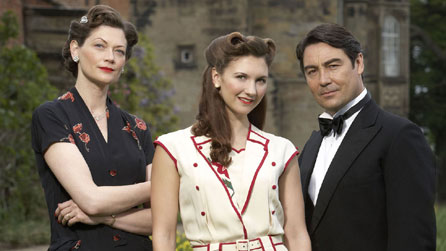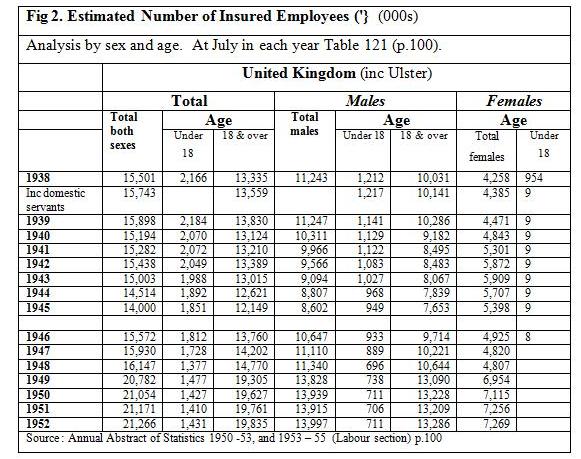Did the Second World War really emancipate women?
Land Girls, which concludes tonight on BBC 1, is the latest in a genre that has served the TV listings well, combining a wartime background with the opportunity to see women enjoying emancipation from their traditional roles.
The furrow turned by Land Girls was first ploughed some 25 years ago with programmes focusing on the women who helped break the codes at Bletchley Park; the women of Secret Army; WAAFs plotting enemy aircraft that saved lives during the Blitz; glamorous ATA pilots ferrying planes to hard-pressed RAF stations; and the plucky little things of the made-for-TV series Fighting the Blue.
For its genre, Land Girls is fairly well-balanced and avoids succumbing to the stereotype about the social developments the Second World War is supposed to have brought about. The subtext of most of these programmes is that war dragged women from the kitchen and the hearth, and made them for the first time full participants in the world of work.

Land Girls not getting their hands dirty (BBC1)
Before the influence of drama-doc overtakes historical fact, it is worth looking at the real figures on employment before, during and after the war. Figure 1 shows that those at work in 1938 amounted to 14.4 million men and almost 5 million women. By 1945 this had become 14.8 million men and 6.7 million women (highlighted in red). The number of women taking work in industry was steady, rather than instantaneous. It was not until 1941 that the number of women exceeded 6 million.

A more detailed breakdown by sex and age is shown in Figure 2 which is the Estimated Number of Insured Employees (1938 to 1940 saw a unification of ‘insured occupations’ and a decrease from 65 to 60 for women’s entitlement to a state pension). The figures here are lower, due to collection methods and scope, but show similar trends.
This table shows that by 1945, the total number in civilian employment had actually fallen from 15.5 million in 1938 to just14.0 million. Male employment fell from 11.2 million (rounding the figures) in 1938 to 8.6 million in 1945 – a decrease of 2.6 million. But women did not make up this shortfall. Total female employment rose from 4.5 million in 1939 to 5.4 million in 1945 - an increase of only around 900,000.

Nor did women begin to disappear from the workforce in 1945 and 1946, when the troops were demobilized. The decline actually began in 1944. This reflected changes in munitions production, due in part to changing priorities. The shipbuilding industry shifted from aircraft carriers to landing craft, and escort carriers were provided on loan by the Americans. Male employment also declined in this period.
What is really striking about the figures for female employment is how they surged after the war. While the war, as we have seen, led to an increase in female employment of less than a million, between 1946 and 1952 it rose by 2.344 million (from 4.925 to 7.269 million).
So, contrary to the myth, it was only after the war and not during it, that female participation in the labour force surged. Nor is it the case, as some have charged, that returning soldiers forced women out of jobs they had filled successfully during the war. By 1952 not only had female employment grown rapidly, but so had male: there were 2 million more men in jobs than there had been before the war.
The years after the war have been neglected by drama-doc makers, as a dreary period of hardship and rationing, and a total absence of glamorous uniforms and things going bang. But the figures suggest that this was the period when women made their most striking advances into work. That's an irresistible opportunity, surely?



